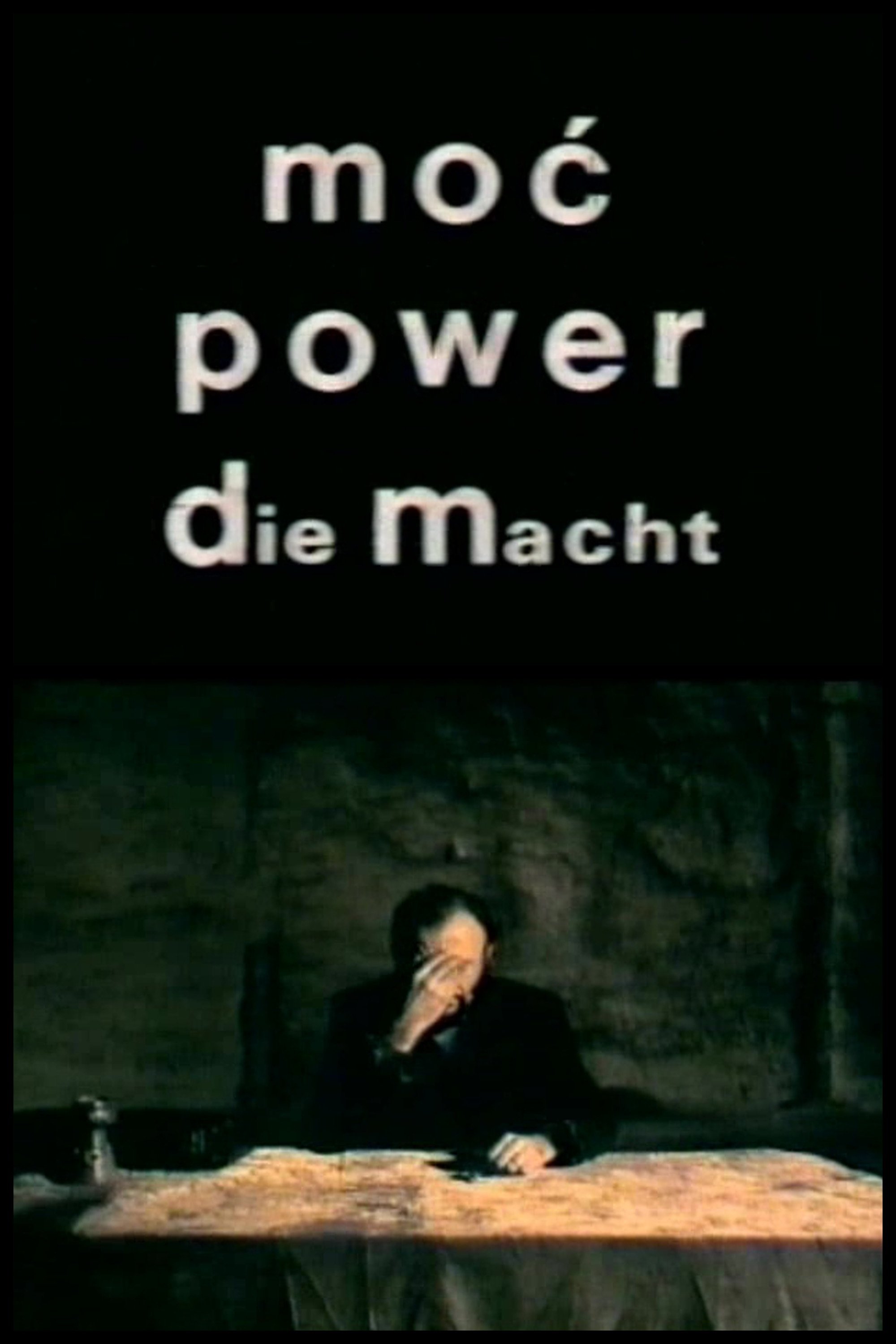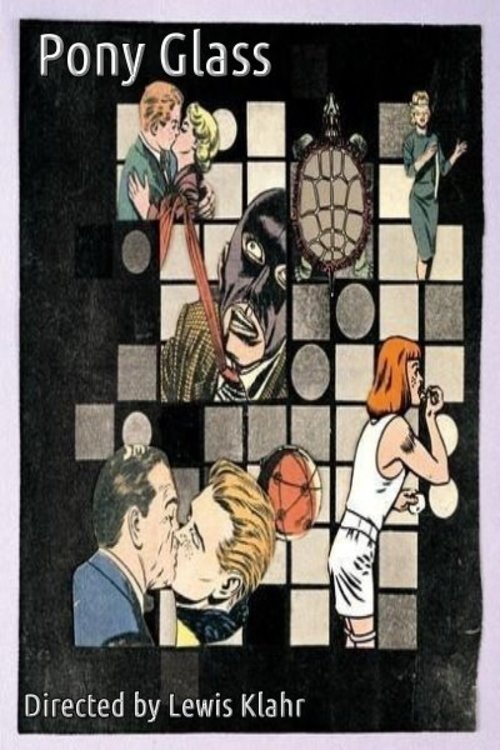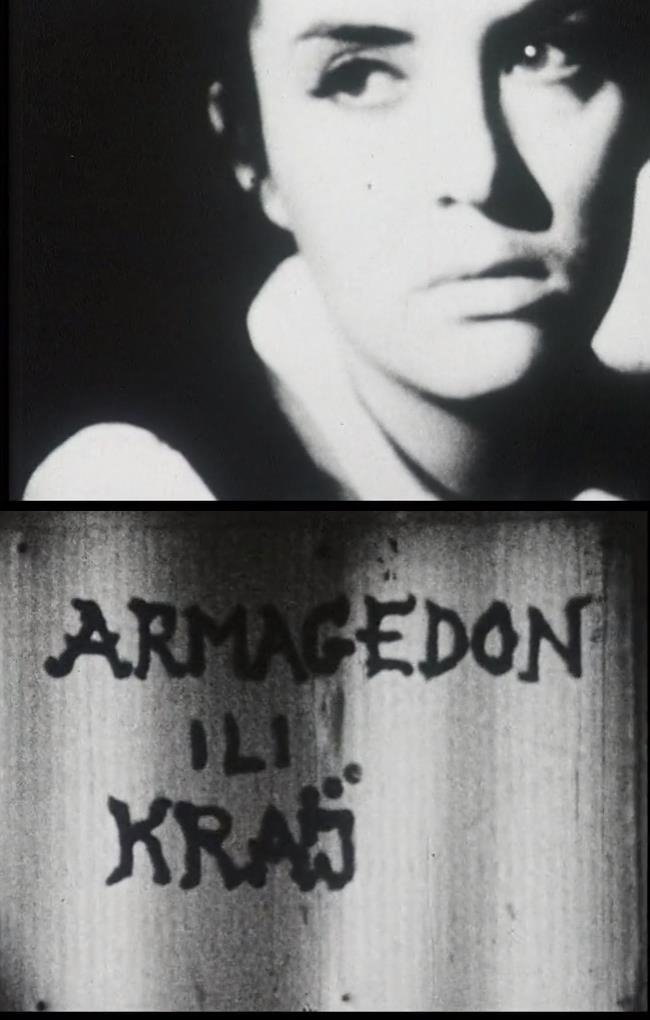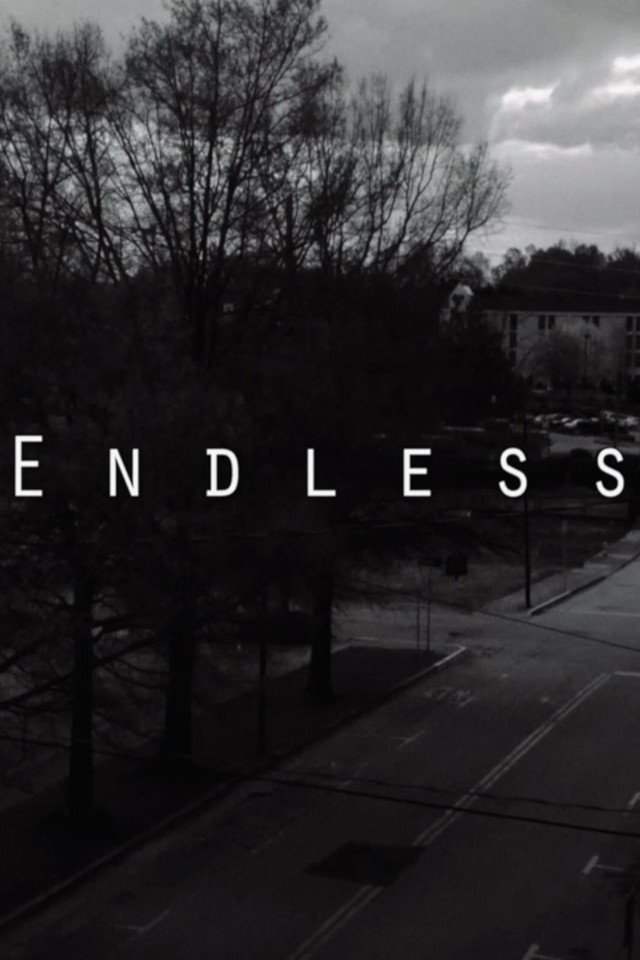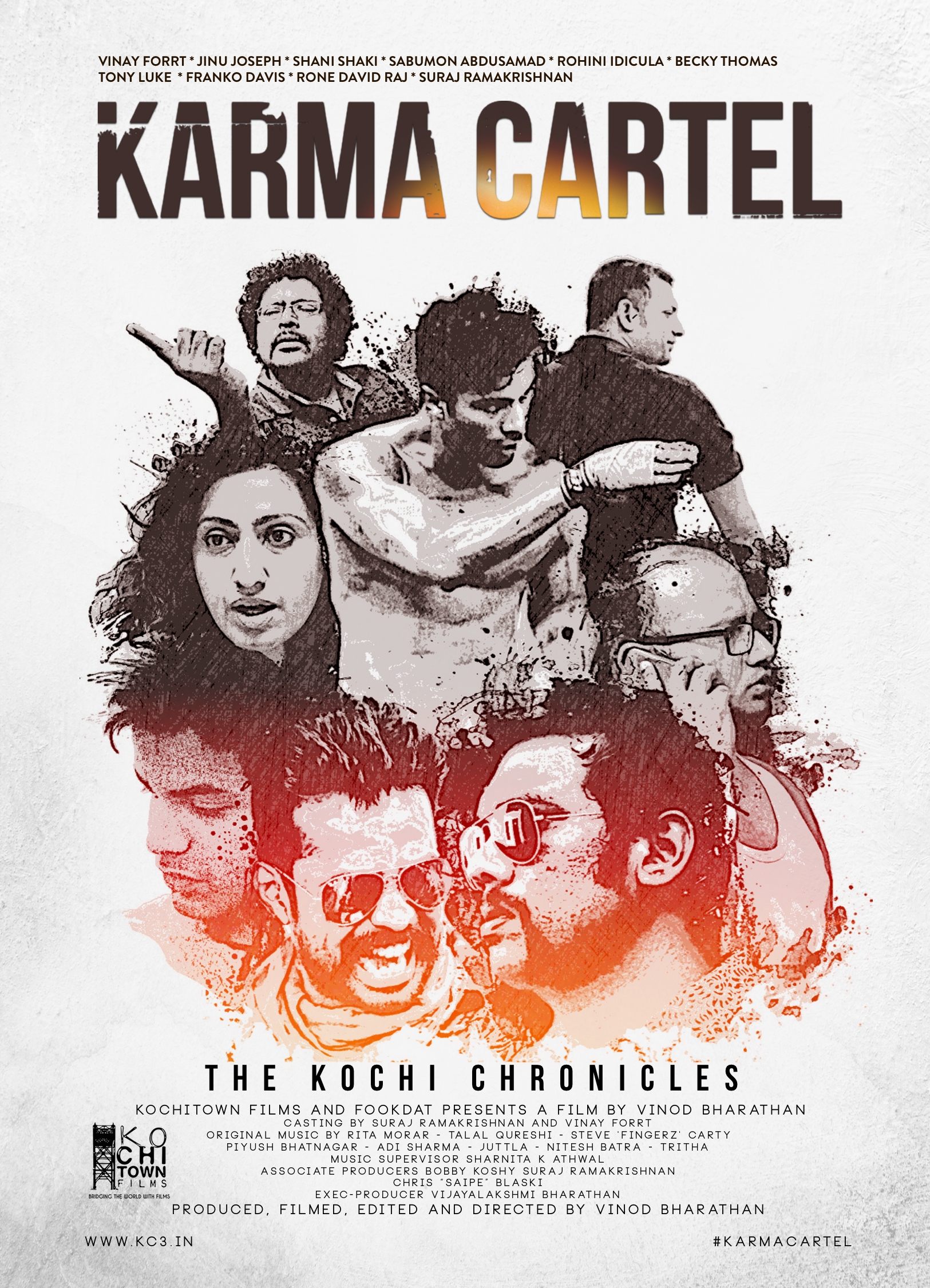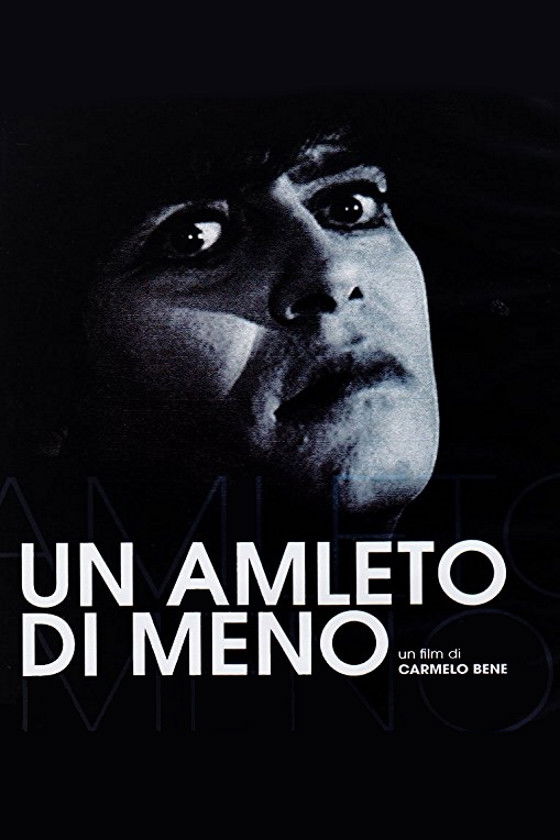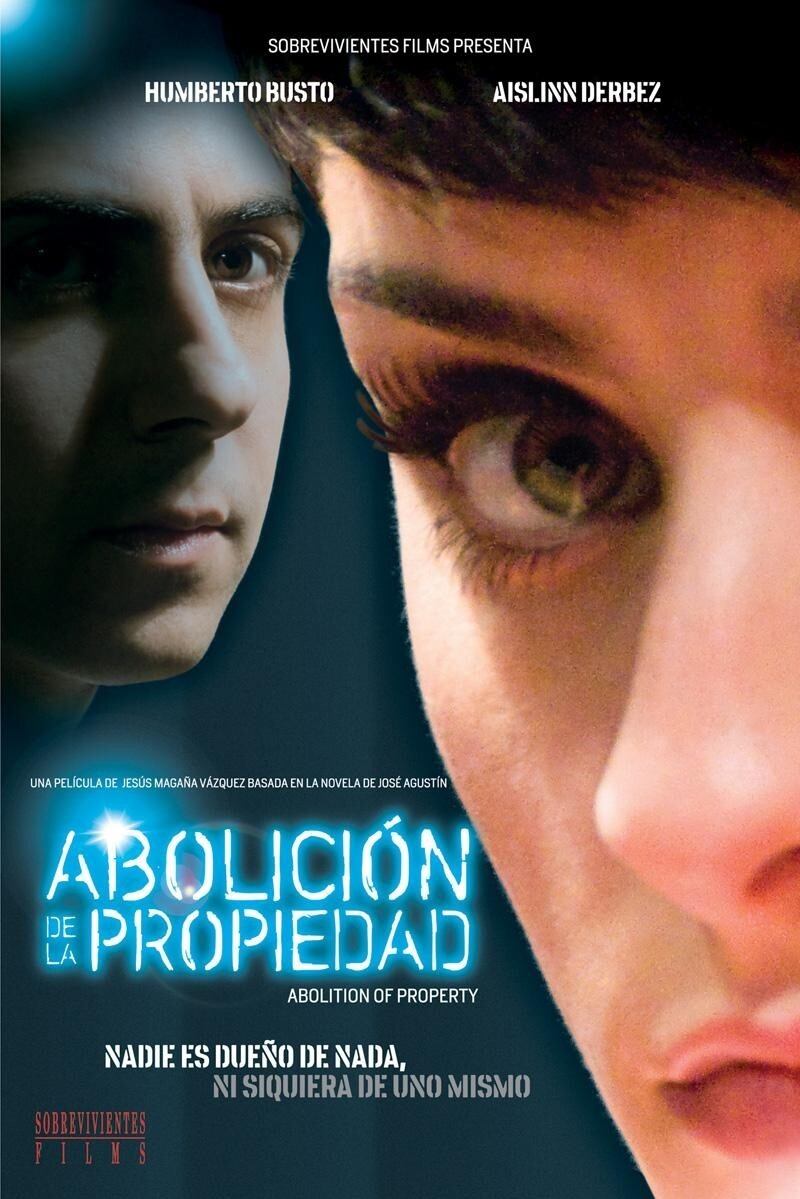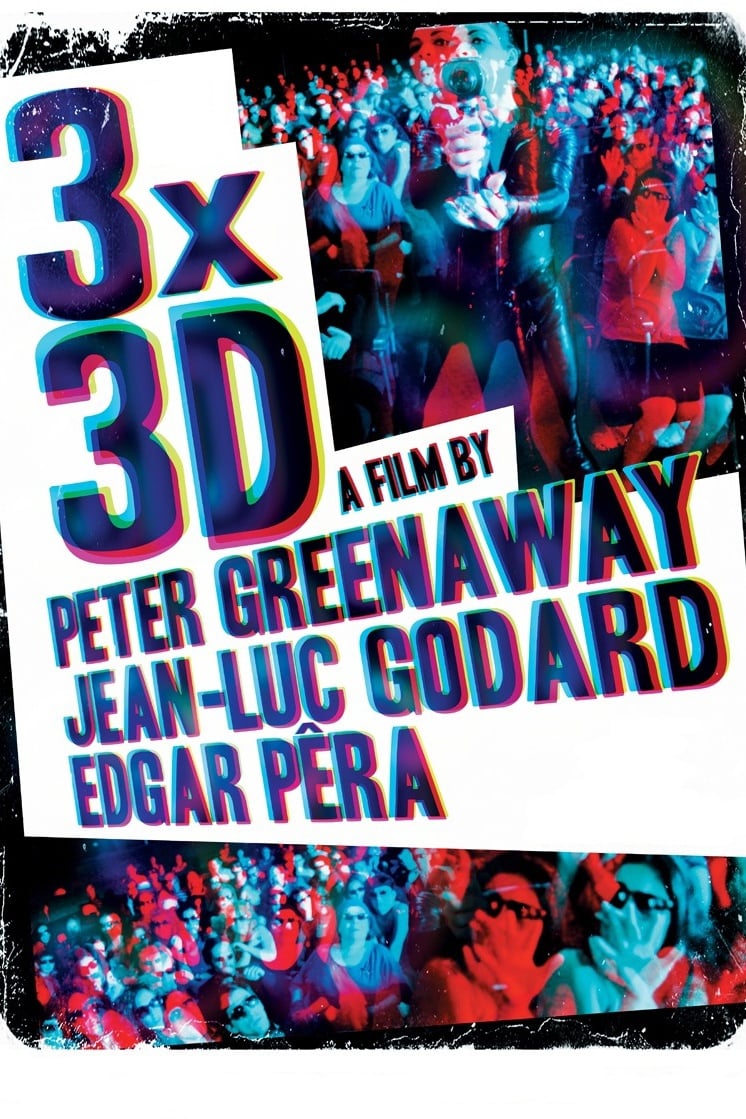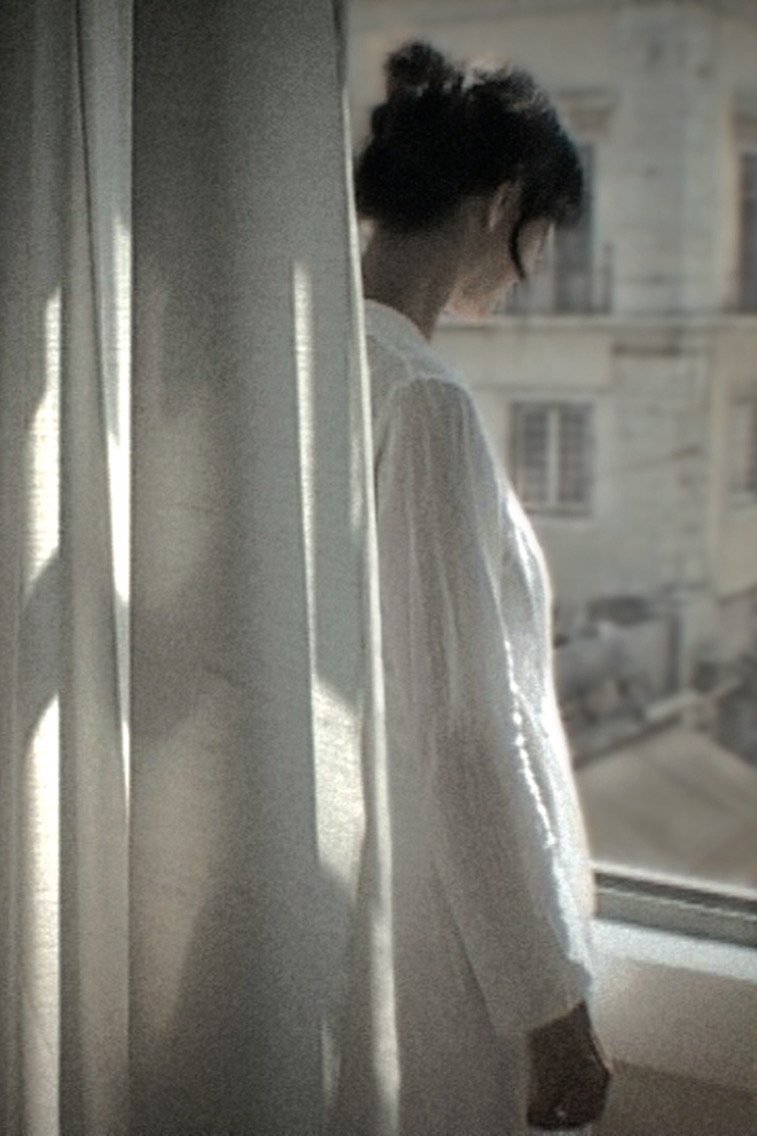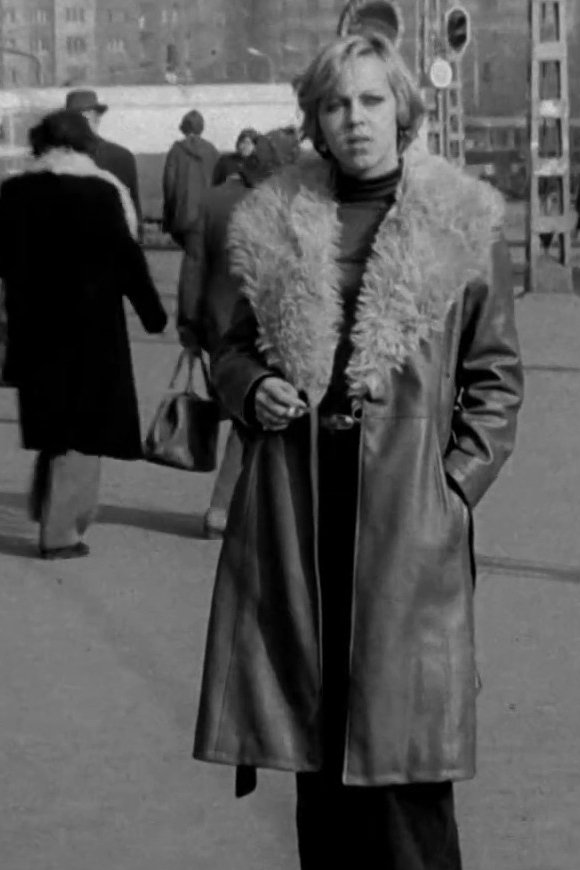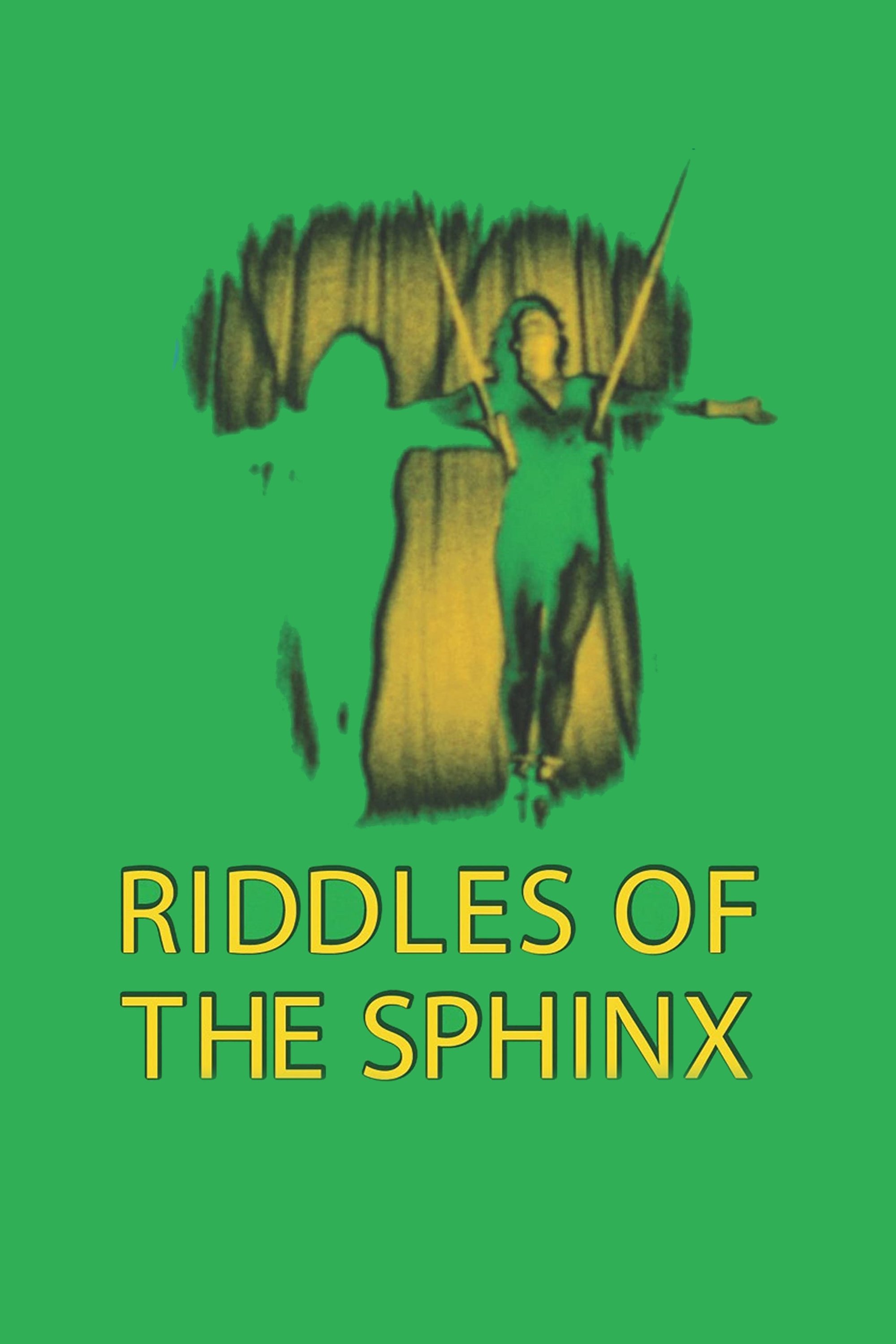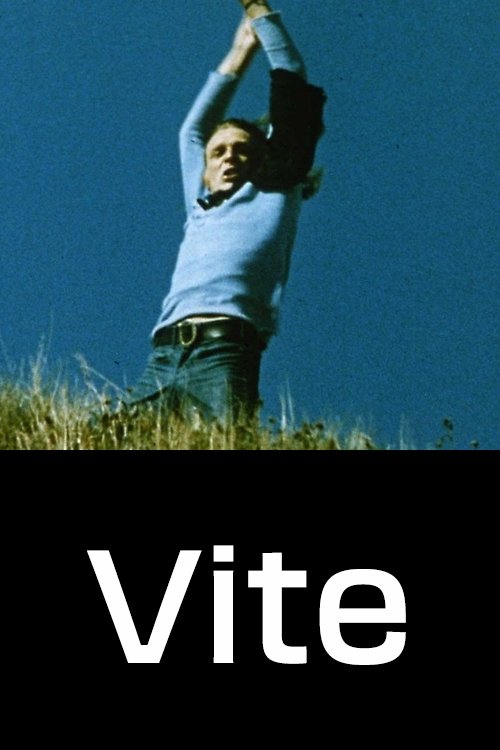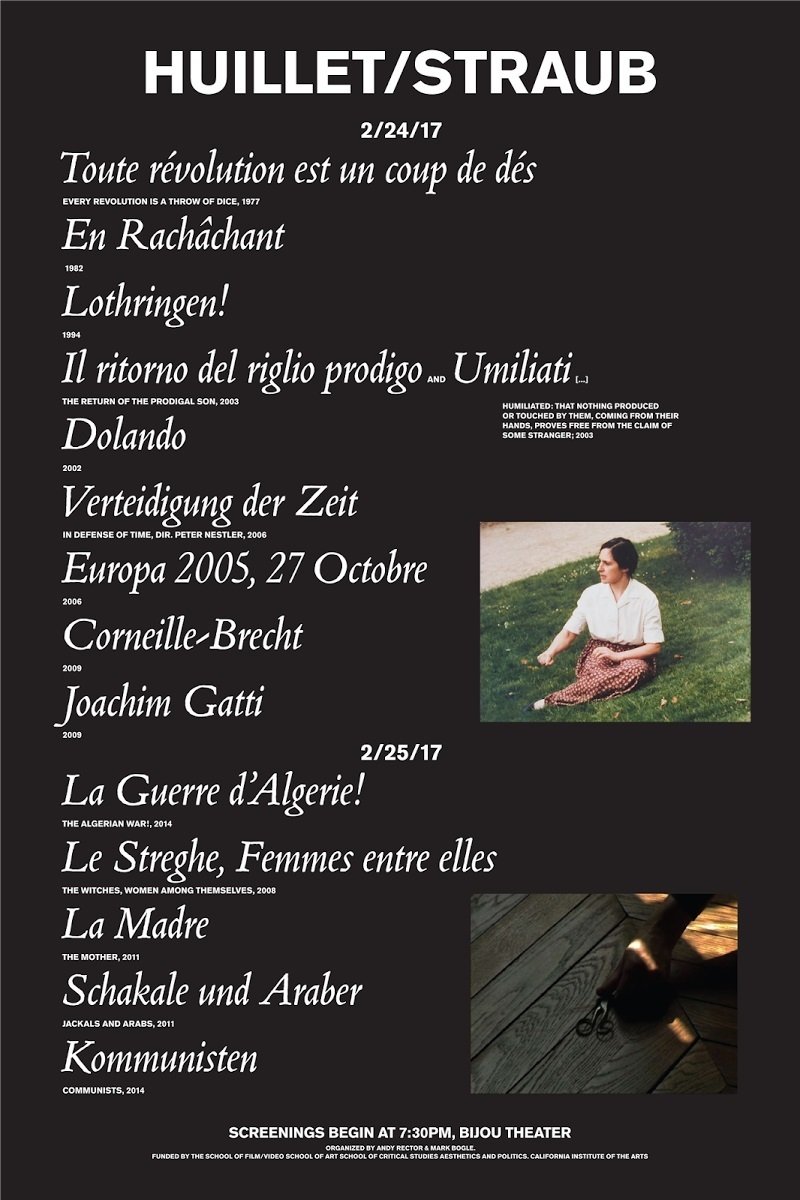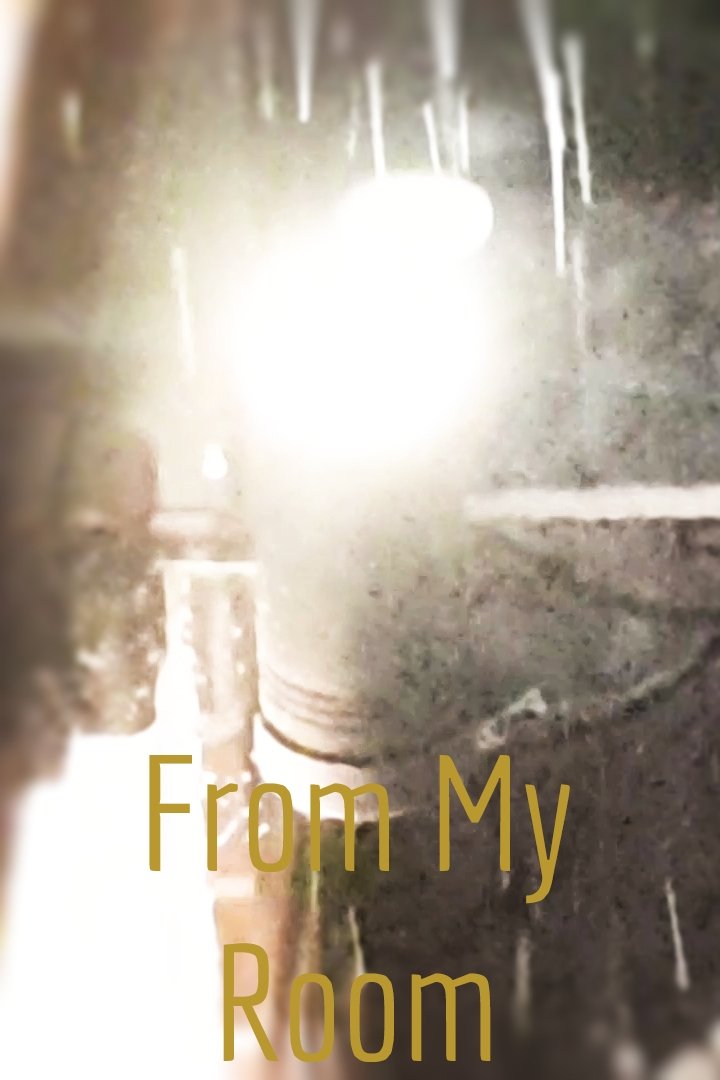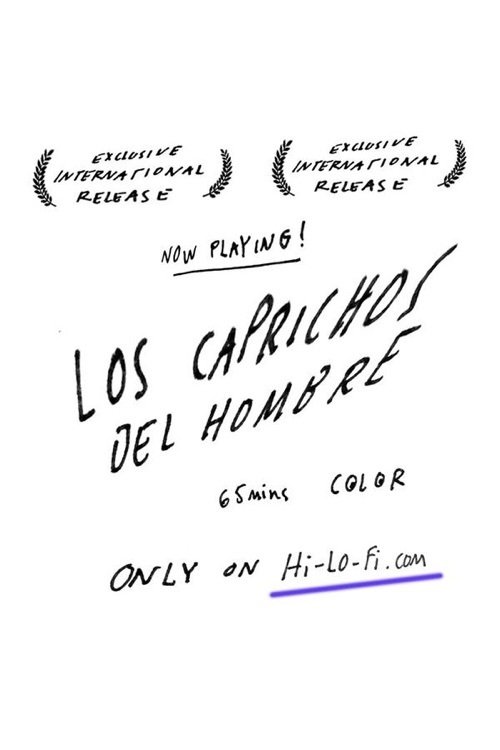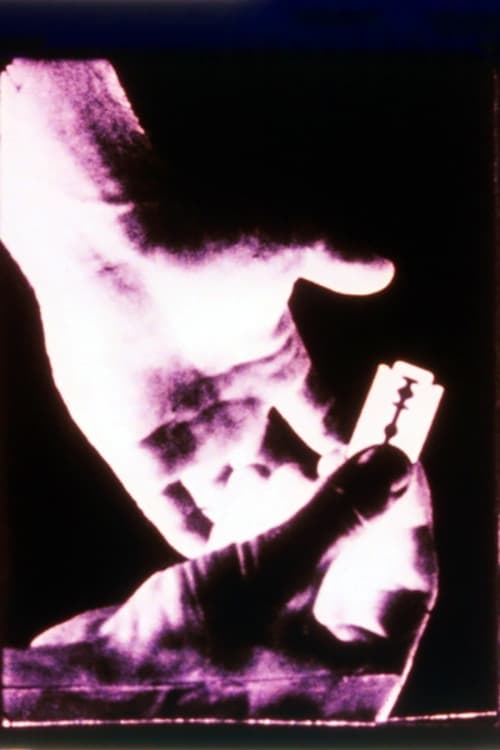
Razor Blades (1968)
Overview
In Razor Blades, Paul SHARITS consciously challenges our eyes, ears and minds to withstand a barrage of high powered and often contradictory stimuli. In a careful juxtaposition and fusion of these elements on different parts of our being, usually occurring simultaneously, we feel at times hypnotised and re-educated by some potent and mysterious force.
Production Companies

Additional Info
| Budget | $0.00 |
|---|---|
| Revenue | $0.00 |
| Original Language | en |
| Popularity | 0.574 |
Directed By
Paul Sharits
Crew
Paul Sharits
TOP CAST
Similar Movies
Lost Footage
How would a found footage film look if the footage was never found? This conceptual art experiment questions the very nature of film and cinema while serving as an ironic tribute to the found footage horror pop culture. The found footage format provides the narrative justification for such a film to exist: the non-existence exists because the footage existed yet it was lost and never found.
Pony Glass
Superman's pal Jimmy Olsen gets his own story. Boy meets girl. Boy loses girl. Boy meets boy!
Taking Moses for a Ride
Ten groups of kids from various parts of Finland, aged between 12 and 15, improvise an episode each based on one of the Bible's Ten Commandments.
Monument
In the fall of 1967, intermedia artists Ture Sjölander and Lars Weck collaborated with Bengt Modin, video engineer of the Swedish Broadcasting Corporation in Stockholm, to produce an experimental program called Monument. It was broadcast in January, 1968, and subsequently has been seen throughout Europe, Asia, and the United States. Apart from the technical aspect of the project, their intention was to develop a widened consciousness of the communi - cative process inherent in visual images. They selected as source material the "monuments" of world culture— images of famous persons and paintings.
N.P. 1977
Neša Paripović's film N.P. 1977 (1977) is a film about a walk through the summer green city of Belgrade. In a way it´s a self-portrait of the artist who plays the main protagonist in the film. For the film title he has chosen his initials – as is the case with the two other films in a series of three produced between 1975-78.
Still Life
A railway crossing guard and his wife live in a routine of total isolation and uneventfulness.
Karma Cartel
In an urban Indian city, A struggling actor battles for his career, but his friend who loses money in a scam deal commits an action that puts both of their lives in danger. The three last days before the incident follows the struggling actor, an ambitious filmmaker, a wannabe hustler, an opportunist, a lover and two cinephile thugs, through an inter-twining vignette of their lives.
One Hamlet Less
The "Hamlet" in this well-mounted Italian spoof is the Danish prince, not a small town or village. The movie irreverently draws on both the Shakespeare play and the 1877 story by Jules Laforgue. In the story, Hamlet (Carmelo Bene) is a would-be playwright. He suffers from inept Freudian analysis by Polonius (Pippo Tuminelli), and Ophelia and Gertrude (Isabella Russo & Luciana Cante) are women conjured up in his erotic imagination.
Abolition of Property
(In a dark basement) Norma hears the faint voice of Everio and her own, from an Ampex vintage tape recorder. They have been talking incessantly, and *oftentimes the taped conversations coincide with their *chats. The only thing troubling Norma is that until that day, she and Everio had never met and the last she heard was Everio strangling her.
Flòr da Baixa
Flòr da Baixa is the story of a journey that starts from Lisbon, touches Rio de Janeiro, Marseille, Taranto, and returns to the Portuguese city. It is a film about absence, about something that is missing, always and everywhere: in one's own room as on sunny and distant beaches, in foreign neighborhoods as on old, familiar walls. It is the diary of two solitudes, of two parallel gazes that rest on places and bodies, waiting to find each other and recognize each other in the same gaze, finally seeing the same image from the window of the Flòr da Baixa
Self-Fashion Show
According to Peter Brook, all that is needed for an act of theatre to be engaged is for a man to walk across an empty space whilst someone else is watching him. Thus, an empty space becomes a bare stage. However, this raises countless questions about the relationship between reality, everyday presence and role-playing, something experimental filmmakers coming from the 1970s world of theatre dealt with in detail. Tibor Hajas explored the topic in a short experimental film made at BBS.
Riddles of the Sphinx
In this avant-garde classic, protagonist Louise deals with a change in her lifestyle in which she must learn to negotiate domestic life and motherhood.
Vite
In 1969, the painter-sculptor Daniel Pommereulle made his third film, this one financed by Sylvina Boissonnas. Although only a short, Vite was one of the most costly of all the Zanzibar productions. It features, for instance, shots of the moon taken by a state-of-the-art telescope, the Questar, that Pommereulle first saw while visiting Marlon Brando in southern California in 1968. In Rohmer’s La Collectionneuse, Pommereulle and his friend Adrien philosophize on how best to achieve le vide (emptiness) during their summer holidays. Three years later, Pommereulle would transform the word “vide” to “vite” (quickly), signifying his profound disenchantment with the aftermath of the revolution of May ’68. —Harvard Film Archive
Every Revolution Is a Throw of the Dice
A tribute to Mallarmé that not only asserts the continuing relevance of his work but also confronts its literary ambiguities with political and cinematic ambiguities of its own. In outline, the film could not be more straightforward: it offers a recitation of one of Mallarmé’s most celebrated and complex poems (it was his last published work in his own lifetime, appearing in 1897, a year before his death) and proposes a cinematic equivalent for the author’s original experiment with typography and layout by assigning the words to nine different speakers, separating each speaker from the other as she or he speaks, and using slight pauses to correspond with white spaces on the original page.
From My Room
An unseen character observes the cold, harsh world around them while listening to The Beach Boys, hidden away in the safety of their bedroom.
Los caprichos del hombre
Elias takes a shower and takes a day wandering through the streets and places of his hometown, where throwing rocks and hanging out at the lagoon helps pass the time.

